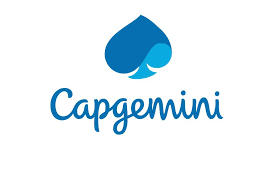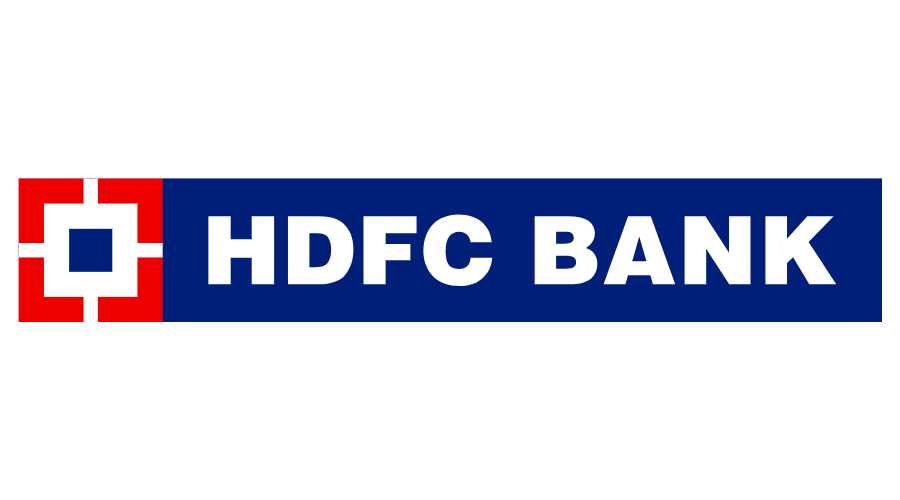Learn GLSL Shaders from Scratch
Bring your WebGL alive with custom shaders
Lectures -43
Resources -3
Duration -3.5 hours

30-days Money-Back Guarantee
Get your team access to 10000+ top Tutorials Point courses anytime, anywhere.
Course Description
In this course we're going to look at GLSL ( OpenGL Shading Language) to create amazing effects.
Maybe you are
a designer who has seen some terrific, cutting edge websites using cool transitions and wondered how it was done. You may have heard about WebGL and know that you can use some simple THREE.js code to do some remarkable things.
a developer trying to visualise some data in a striking way.
a game developer wanting to add some custom effects to your 3d objects surfaces.
GLSL is how you can use OpenGL to display a surface. The code syntax is based on the C language, but fear not, we will assume you have literally no knowledge of this language at all and we will, as the course title states, learn this from scratch. GLSL uses the GPU ( the Graphics Processing Unit) to handle multiple programs at the same time, so it is unbelievably fast.
In the course we will be writing code for the browser, because this allows us to focus on GLSL, without needing to worry about installing any additional software. We will be using the THREE.js WebGL library and CodePen so you can instantly edit the source and see the results, needing nothing other than a browser to experiment. Only a small amount of Javascript is used but this will be explained thoroughly as it comes along. But you can also use what you learn about GLSL in a C/C++/C# program or a Python program.
We will start from really simple examples and progress slowly through each stage of developing a custom shader. You will be able to play with the shader code on CodePen, so you can experiment with different values to see the impact it has on the end result.
GLSL shaders are split into vertex shaders and fragment shaders and we will focus initially on the fragment shader, working essentially in a 2d environment. With dozens of shaders in the course resources you will learn the language in gentle stages.
Creating your own shaders means understanding the GLSL language and that is the aim of the course. You could search for a suitable shader on ShaderToy, ShaderFrog or glslViewer and then try to adapt the code. But without knowing the language you're going to find that difficult to do. To really be effective you need to know about the GLSL language, shaping functions, tiling, polar coordinates and lighting calculations. To do this you will need to follow along with the course and complete the many challenges suggested. At the end you will then be able to create any shader that you can imagine.
As usual there is a 30 day money back guarantee. So you have nothing to lose. Let's get shading today!
Goals
- Learn to use GLSL to create great shaders.
- Create great image manipulating shaders for cool website effects.
- Learn to combine your shaders with lighting effects.
- Learn how to create explosions and fire shaders.
- Learn how to create procedural textures.
- Learn to create HUD displays for real-time 3d applications.
- Learn how we can use shaders to manipulate the geometry of a model
Prerequisites
- Only internet access is required.

Curriculum
Check out the detailed breakdown of what’s inside the course
Introduction
4 Lectures
-
Welcome to the course 03:51 03:51
-
Introduction 03:06 03:06
-
Parallel Processing 02:00 02:00
-
Course Resources
First steps
10 Lectures

Shaping functions
12 Lectures

Noise
3 Lectures

Using textures
4 Lectures

Vertex shaders
3 Lectures

Lighting
3 Lectures

Post Processing
2 Lectures

Conclusion
2 Lectures

Instructor Details

Nicholas Lever
After getting a degree in Graphic Design, I started work in 1980 as a cartoon animator. Buying a Sinclair ZX81 back in 1982 was the start of a migration to a full time programmer. The ZX81 was quickly swapped for the Sinclair Spectrum, a Z80 processor and a massive 48K of ram made this a much better computer to develop games. I developed a few games using Sinclair Basic and then Assembler. The Spectrum was swapped for a Commodore Amiga and I developed more games in the shareware market, moving to using C. At this stage it was essentially a hobby. Paid work was still animated commercials.
I finally bought a PC in the early nineties and completed an Open University degree in Maths and Computing. I created a sprite library ActiveX control and authored my first book, aimed at getting designers into programming. In the mid nineties along came Flash and the company I was now running, Catalyst Pictures, became known for creating games.
Since then the majority of my working life has been creating games, first in Flash and Director, as Director published the first widely available 3D library that would run in a browser using a plugin.
In recent years game development has involved using HTML5 and Canvas. Using both custom code and various libraries. A particular preference is to use the latest version of Adobe Flash, now called Animate that exports to the Javascript library Createjs.
I've worked for the BBC. Johnson and Johnson. Deloitte, Mars Corporation and many other blue chip clients. The company I've run for over 30 years has won a number of awards and been nominated for a BAFTA twice, the UK equivalent to the Oscar.
Over the last 20 years I have been struck by just how difficult it has been to get good developers and have decided to do something about this rather than just complain. I run a CodeClub for kids 9-13 years old and I'm developing a number of courses for Tutorialspoint hoping to inspire and educate new developers. Most of my courses involve real-time 3d either using the popular Open Source library Three.JS or Unity. I'm currently having a lot of fun developing WebXR games and playing with my Oculus Quest.
Course Certificate
Use your certificate to make a career change or to advance in your current career.

Our students work
with the Best


































Related Video Courses
View MoreAnnual Membership
Become a valued member of Tutorials Point and enjoy unlimited access to our vast library of top-rated Video Courses
Subscribe now
Online Certifications
Master prominent technologies at full length and become a valued certified professional.
Explore Now


 Updated on Jul, 2024
Updated on Jul, 2024
 Language - English
Language - English
